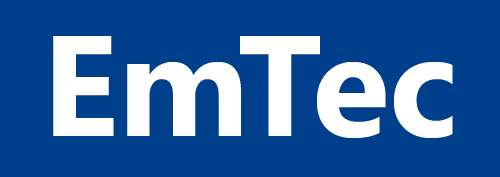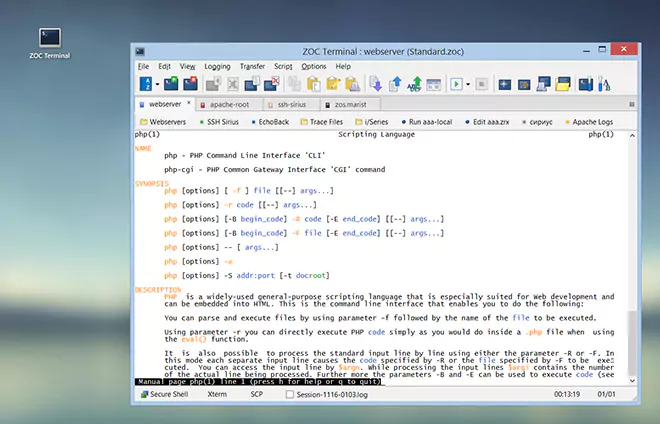Table of Contents
Background of Tandem Computers
Tandem Computers was founded in 1974 by Jimmy Treybig, with a focus on building fault-tolerant
computing systems. The company quickly gained recognition in the late 1970s and 1980s for its
NonStop line of mainframes, which were designed to ensure continuous availability and reliability
for mission-critical applications in industries such as finance, telecommunications, and logistics.
To support user interaction with these systems, Tandem developed the 6530 terminal, a smart
terminal that went beyond simple character display by incorporating features such as block mode input,
programmable function keys, and screen formatting capabilities. These features allowed for more
efficient communication with host systems and enabled the development of robust, user-friendly
text-based applications.
Unlike generic dumb terminals of that time, the 6530 was tightly integrated with Tandem's
NonStop software environment, making it a key component in the system's user interface strategy.
The 6530 could not emulate other terminal types, but it introduced its own protocol optimized
for Tandem's architecture.
Over the years, Tandem Computers evolved alongside the enterprise computing landscape.
In 1997, the company was acquired by Compaq, which integrated Tandem's fault-tolerant technology
into its enterprise server portfolio. Just a few years later, in 2002, Compaq itself was acquired
by Hewlett-Packard (HP).
Under HP, Tandem's NonStop systems continued to be developed and supported, and to this day the
NonStop architecture remains a key offering within Hewlett Packard Enterprise (HPE), particularly
in environments requiring high availability, scalability, and real-time transaction processing.
Features of the Tandem 6530 Terminal
The Tandem 6530 terminal was designed as an intelligent, programmable terminal for use with
Tandem's NonStop systems. Unlike simpler "dumb" terminals, the 6530 supported block-mode
communication, allowing entire screens of data to be edited locally before being sent to
the host in a single transmission. This reduced network traffic and made user interactions
more efficient, particularly in forms-based applications like banking or inventory management.
The 6530 was way ahead of its time in terms of features. E.g. it featured programmable function
keys (PFKs) and labelled soft keys, which applications could dynamically configure to perform
context-sensitive actions. These keys greatly enhanced usability, particularly in
transaction-heavy environments. The terminal
supported screen attributes such as protected/unprotected fields, numeric-only input, and
visual cues like highlighting and reverse video. It also supported structured screen layouts,
enabling well-organized forms with field validation directly on the terminal before data
submission.
Another distinctive feature was its tight coupling with the NonStop operating system,
allowing for precise control of cursor movement, screen updates, and event handling.
It used a proprietary communication protocol rather than standard ANSI or VT100 sequences,
making true emulation somewhat more complex.
However, over the next decades as personal computers and networking became more wide spread,
software terminal emulation programs began to appear which included the ability to emulate
Tandem-6530 terminals as well.
ZOC Terminal: Modern Tandem-6530 Emulation
However, today most 'terminals' are simply a software running on a PC. But many
standard Linux/Unix oriented telnet clients
can't be used to emulate Tandem-6530 terminals, because compared to the terminals favored
by the Linux world, 6530 is a rather arcane and somewhat outdated standard.
ZOC Terminal, a professional terminal emulator for Windows and macOS, includes robust
support for Tandem 6530 emulation. It is one of the few modern emulators that accurately
replicates the behavior of the original terminal, which is essential for legacy
applications still running on HPE NonStop systems.
ZOC's implementation includes full block-mode support, allowing users to interact with
forms exactly as they would on real Tandem hardware. The emulator also supports function
key mapping, screen field attributes, and screen layout features that mimic the original
6530 experience. These include protected fields, field tabbing, input constraints, and
local editing before submission-mirroring how original 6530 terminals optimized
user interaction.
In addition to 6530, ZOC supports other
mainframe emulations and wide scale of emulations used in the Unix world, like
TN3270,
TN5250,
Xterm/Linux,
VT220,
QNX,
Wyse
and others.
The ZOC telnet/SSH client
also includes a number of other useful features. It is highly
configurable and includes the usual terminal features such as color choices,
keyboard redefinition and scroll back buffer. It also has some very advanced
and unique features such as a powerful script language and automatic
triggering of actions based on received or typed text. ZOC also features
major file transfer protocols like X-, Y- and Zmodem as well as Kermit and
others.

